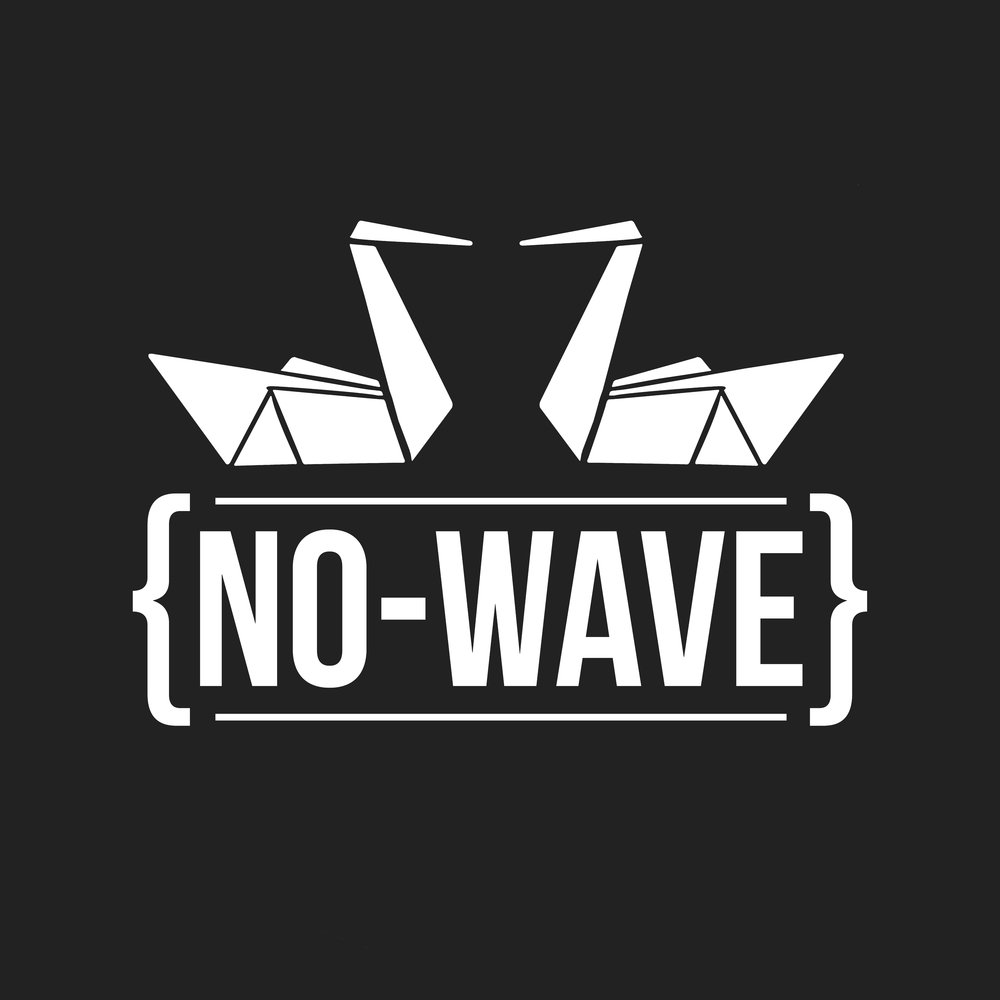Last month saw the death of Mimi Parker, drummer and vocalist of the band Low. Parker was one of many women whose vital contribution to shoegaze is too often sidelined for conversations about the genius of pedal-headed men. Shoegaze was quintessentially 90s—a lush and indulgent do-over of the utilitarian post-punk that dominated alternative charts in the previous decade. The UK middle-class was emerging from the dark chrysalis of the Thatcher years into a stranger and more questioning world; a world where joy was suddenly palatable because you didn’t have to be a cabinet member to have it. Shoegaze fit neatly into this depoliticised world. It prioritised sensation over message, bending its massive arrangements over often inaudible vocals. But shoegaze wasn’t just quintessentially 90s—it was feminine, too. Most of the biggest bands in the genre featured women centre stage (something you can’t say about new wave or post-punk). And in public consciousness, shoegaze and the female voice are synonymous.
Now that sound inhabits Back Home, the new album from Big Joanie. This album represents an absolutely enormous shift in sound which greatly elevates the band’s material. As courageous as Big Joanie have been with this course shift, special attention must be lavished on producer Margo Broom, who makes everything heavy as bones but skyward-soaring and ebullient.
Back Home is hook-driven, but neither cheap nor cheesy. Individual songs are colourful and varied without sacrificing sonic or thematic consistency. ‘Insecure’ sounds like the 00s anthem accompanying the clean-up the morning after a Skins party. The track channels that millennial indie style; a sort of family-friendly reinterpretation of punk, all stabbing rhythms and repetition but without any nasty bits. ‘In My Arms’ bookends the other side of punk, its progenitors; it’s a riff-driven surf ballad that plays like a rediscovered Kip Tyler track.
Stephanie Phillips’ vocals are nasal, drawling, almost lackadaisical, which just adds to the grungey mood. They work particularly well with songs like ‘Confident Man’ whose lyrics are shot through with cynicism. Somehow these vocal deliveries have great resonance and clarity too. It’s clear that behind the apparent effortlessness is real craft.
A standout from Back Home is the closer, ‘Sainted’, which is something like a New Order take on krautrock. The track is lifted by a bass drone and a luminous chorus. It’s a fitting capstone for such a strangely celebratory album. Back Home is an emotional two-hander in the same vein as The Cure’s Kiss Me, Kiss Me, Kiss Me; both bounce between pop and pallor, both demonstrate every trick in their respective bands’ books. Up until now Big Joanie had been a band with something really great in their future. With Back Home that future has arrived.
Andrew O’Keefe





